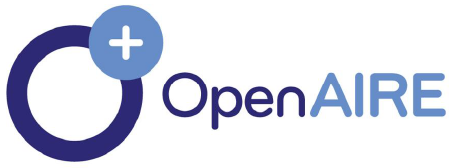AN ANALYSIS OF ORAL COMMUNICATION BARRIERS FACED BY NOVICE SECOND LANGUAGE LEARNERS
Abstract
The study aims to explore both psychological and linguistic difficulties in beginner-level students when they are communicating. Some have problems with their pronunciation, spelling, or lack of vocabulary, while others struggle with a lack of confidence, motivation, and diversity of structure between their mother tongue and foreign language. It studies the reasons why novice learners struggle with oral communication, especially in English, gives solutions to overcome language barriers, and explores scientists’ opinions about language acquisition.
References
1. Jack C. Richards and Theodore S. Rodgers. (2014). Approaches and Methods in Language Teaching. Cambridge University Press, 216(6,7).
2. https://learnenglish.britishcouncil.org/english-levels/understand-your-english-level
3. Amoah, S., & Yeboah, J. (2021). The speaking difficulties of Chinese EFL learners and their motivation towards speaking the English language. Journal of Language and Linguistic Studies, 17(1).
4. Zarrinabadi, N. Ketabi, S., & Abdi, R. (2014). Facilitating Willingness to Communicate in the Second Language Classroom and Beyond. The Clearing House: A Journal of Educational Strategies, Issues and Ideas, 87(5).
5. Asif, S., Bashir, R., & Zafar, S. (2018). What Are the Factors Affecting the Use of English Language in English-only Classrooms: Student’s Perspectives in Pakistan. English Language Teaching,11(6).
6. Stephen. D. Kashen. (1982). Principles and Practice in Second Language Acquisition. Pergamon Press.209(31)
7. J. Jiang, B. Dai, D. Peng, C. Zhu, L. Liu, C. Lu (2012). Neural Synchronization During Face-To-Face Communication. Journal of Neuroscience, 32 (45) 16064-16069.
8. R. Grieve, M. Indian, K. Witteveen, G.A. Tolan, J. Marrington. (2013). Face-to-face or Facebook: Can social connectedness be derived online? Computers in Human Behavior, 29(3), 604–609.






















